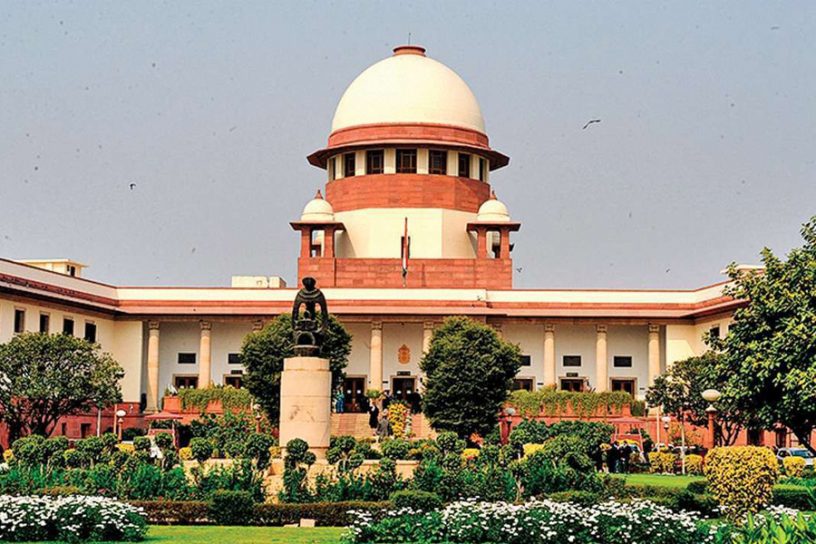
This article recovers the underpinnings of caste and class that are latent, obscure, and omitted in two decisions of the Supreme Court of India: Vishaka v. State of Rajasthan and the National Legal Services Authority v. Union of India.
Author
Sumit Baudh, Professor, Jindal Global Law School, O.P. Jindal Global University, Sonipat, Haryana, India.
Summary
This article examines two decisions of the Supreme Court of India: Vishaka v. State of Rajasthan, which formulated a set of directives for the prevention of sexual harassment of women at workplaces; and the National Legal Services Authority v. Union of India, which recognized “third gender” persons and directed the state to provide them with affirmative action.
Within a wider application of human rights and fundamental rights that are guaranteed in the Constitution of India, both these court decisions relied on a nondiscrimination category of sex.
This article recovers the underpinnings of caste and class that are latent, obscure, and omitted in these decisions. The conceptual framework of “intersectionality” is useful in making this recovery, and for showing the application of intersectional approaches toward more transformative formulations of law reform and judicial outcomes.
Published in: Journal of Human Rights
To read the full article, please click here.


